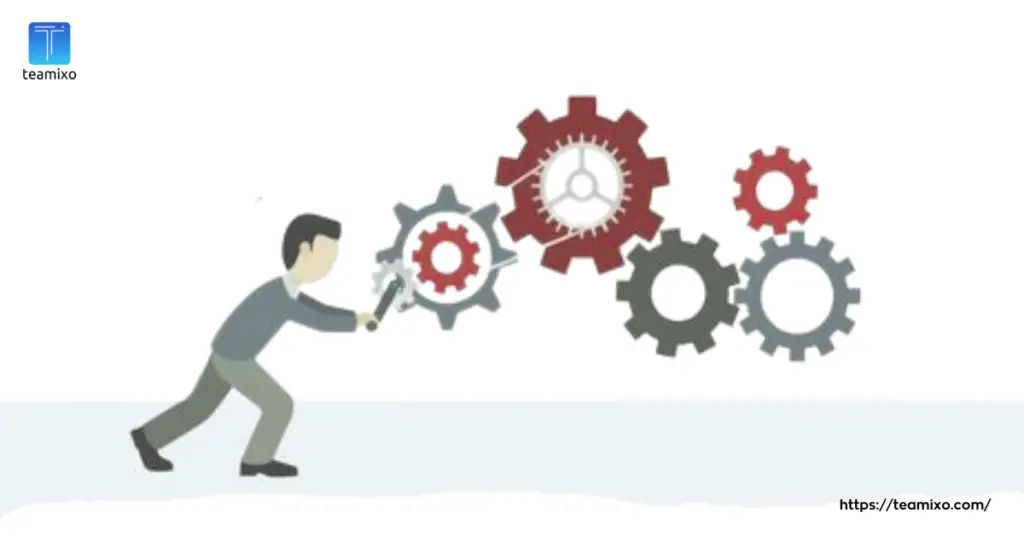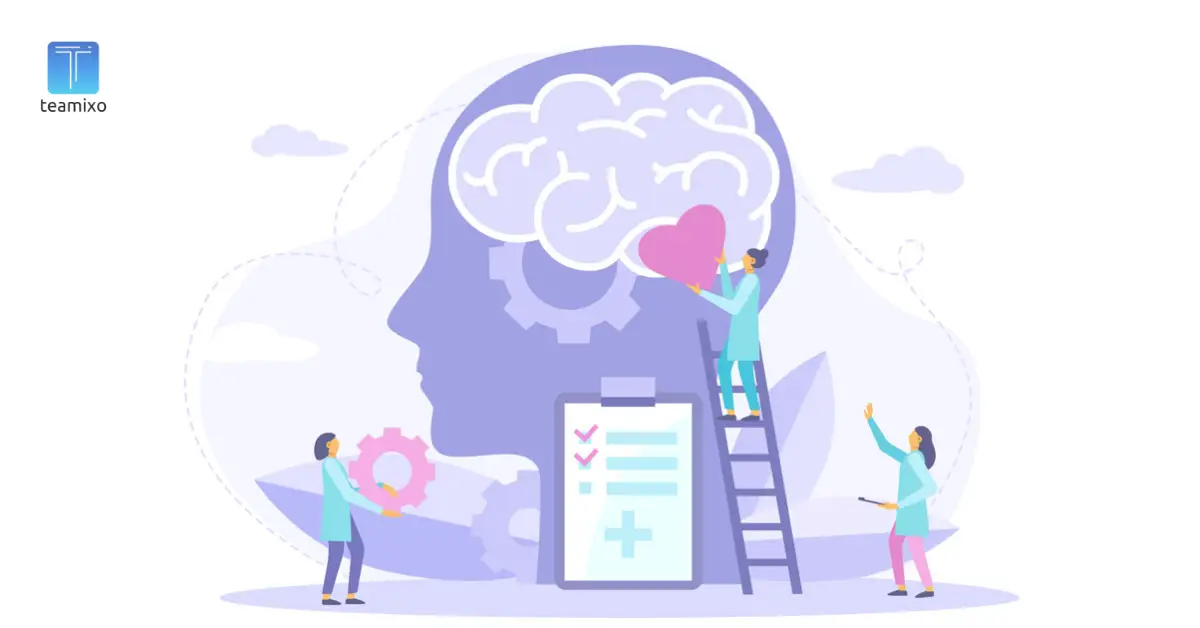In today’s fast-paced digital age, technology has revolutionised the way we work, communicate, and collaborate. With the advent of digital tools and platforms, organisations have unprecedented opportunities to streamline processes, enhance productivity, and achieve greater efficiency in workforce management. In this blog, we’ll explore the concept of the digital workforce and how organisations can leverage technology to optimise management practices for better outcomes.
The Rise of the Digital Workforce
The digital workforce refers to the integration of technology into every aspect of the workplace, from routine tasks to strategic decision-making. It encompasses the use of digital tools, automation, artificial intelligence (AI), and data analytics to augment human capabilities and drive operational excellence. By harnessing the power of technology, organisations can empower employees, streamline workflows, and adapt to the evolving demands of the digital economy.
Key Benefits of Digital Workforce Management
- Enhanced Efficiency: Digital tools automate repetitive tasks, eliminate manual errors, and accelerate decision-making processes. This efficiency enables organisations to achieve more with fewer resources, reduce operational costs, and reallocate human capital to more strategic initiatives.
- Improved Collaboration: Digital platforms facilitate seamless communication and collaboration among geographically dispersed teams. Whether it’s through instant messaging apps, video conferencing software, or project management tools, technology enables employees to work together effectively regardless of their physical location.
- Data-Driven Insights: Digital workforce management generates vast amounts of data that can be analysed to gain valuable insights into employee performance, productivity trends, and operational efficiency. By leveraging data analytics, organisations can make informed decisions, identify areas for improvement, and optimise resource allocation for better outcomes.
- Flexibility and Adaptability: Digital tools empower employees to work anytime, anywhere, and from any device. This flexibility enables organisations to accommodate remote work arrangements, support work-life balance, and adapt to changing market dynamics with agility.
Strategies for Leveraging Technology in Workforce Management
- Implement Robust HRIS: Invest in a comprehensive Human Resources Information System (HRIS) to streamline administrative tasks such as payroll processing, benefits management, and employee onboarding. An integrated HRIS centralises employee data, automates routine processes, and provides valuable insights into workforce dynamics.
- Adopt Workforce Planning Software: Leverage workforce planning software to forecast future staffing needs, identify skill gaps, and develop strategic workforce plans. These tools use predictive analytics to align staffing levels with business objectives, optimise resource utilisation, and mitigate risks associated with talent shortages or surpluses.
- Utilise Performance Management Platforms: Implement performance management platforms to set clear goals, track progress, and provide timely feedback to employees. These platforms enable managers to assess employee performance objectively, identify development opportunities, and reward high achievers effectively.
- Embrace Digital Learning Solutions: Offer digital learning solutions such as e-learning platforms, virtual classrooms, and microlearning modules to support employee development and upskilling. These solutions enable employees to acquire new skills, stay relevant in a rapidly changing landscape, and drive continuous improvement.
- Deploy AI-Powered Tools: Explore AI-powered tools and chatbots to automate routine inquiries, provide personalised assistance, and enhance employee engagement. AI algorithms can analyse data to predict employee preferences, recommend relevant resources, and streamline interactions with HR departments.
Conclusion
The digital workforce presents unparalleled opportunities for organisations to enhance efficiency, foster collaboration, and drive innovation in workforce management. By leveraging technology effectively, organisations can empower employees, optimise processes, and stay ahead of the competition in today’s digital economy. By implementing the strategies outlined in this blog, organisations can unlock the full potential of their workforce and achieve sustainable success in the digital age.
Ready to unlock the full potential of your workforce with digital tools and technology? Start implementing these strategies today and transform your organisation into a dynamic and efficient powerhouse! To learn more visit Teamixo



